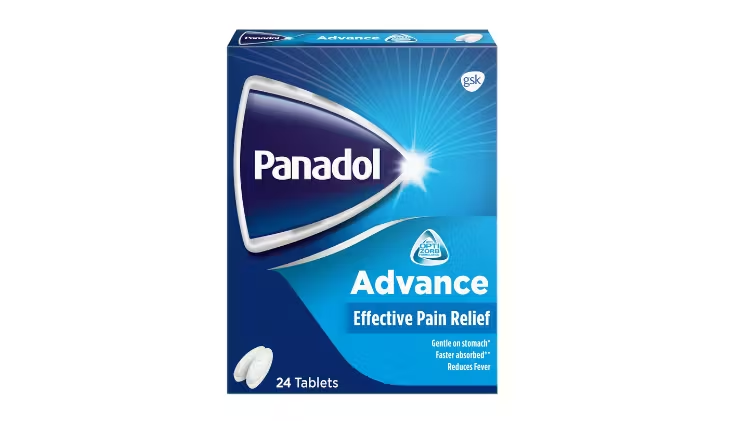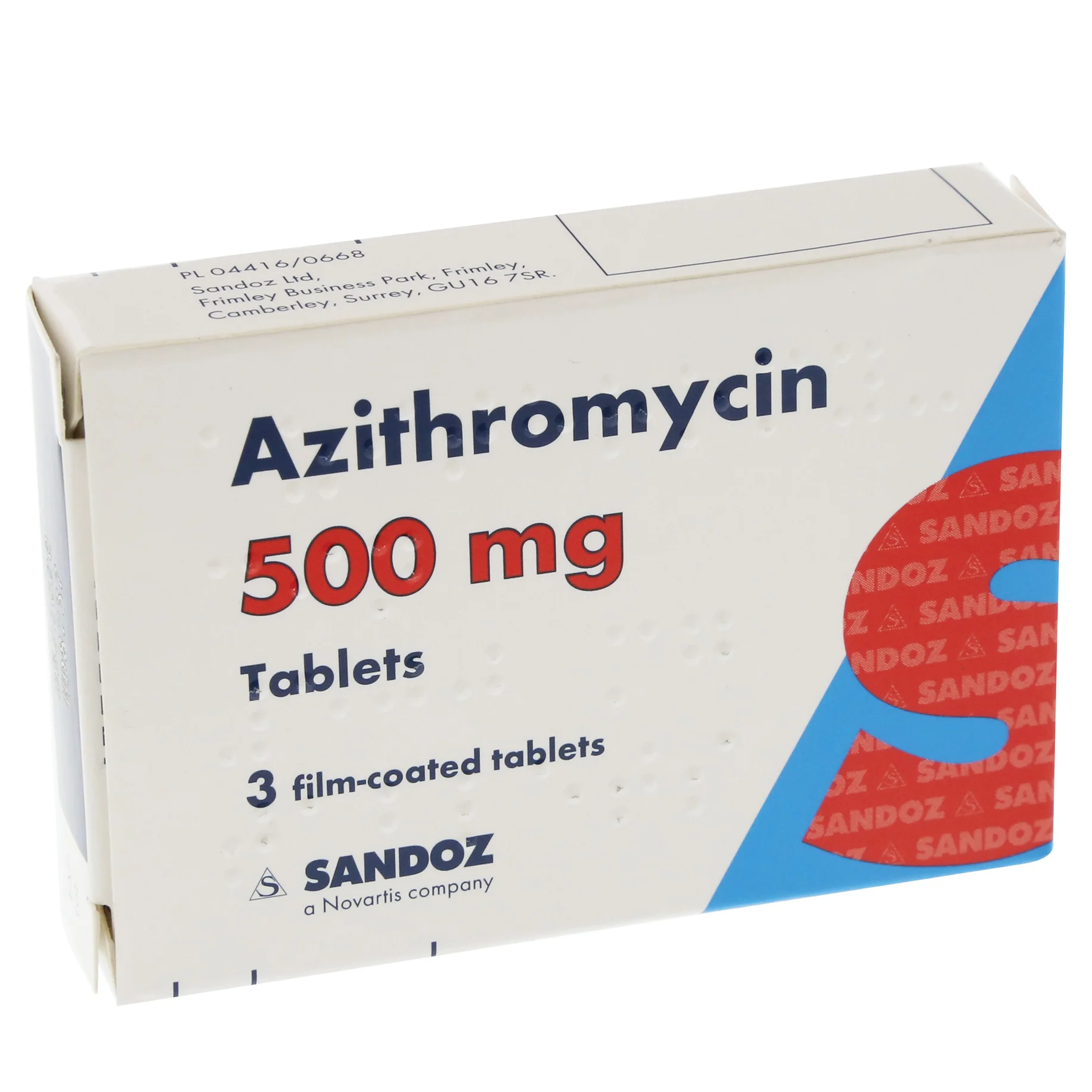Diclofenac sodium is a widely prescribed nonsteroidal anti-inflammatory drug (NSAID) known for its ability to reduce pain, swelling, and inflammation. Available in several forms, including tablets, gels, and topical applications, and serves a variety of therapeutic purposes. In this article, we will explore the different types of its products, their uses, side effects, and other…
Category: drug profile
A drug profile typically includes the following information
- Chemistry: Details about the chemical composition of the drug.
- Pharmacology: Information about how the drug works in the body.
- Synthesis and precursors: How the drug is made and its building blocks.
- Analysis: Techniques used to identify the drug.
- Physical form: Whether it’s a powder, tablet, etc.
- Mode of use: How the drug is ingested (e.g., swallowed, snorted, injected).
- Clinical efficacy and tolerability: How effective and safe the drug is.
- Qualitative testing: Used to monitor medication compliance and detect undisclosed drug use.
Paracetamol, also known as acetaminophen in North America, is one of the most widely used over-the-counter (OTC) medications globally. It is commonly used for pain relief (analgesic) and reducing fever (antipyretic). Paracetamol is available in various forms, including tablets, syrups, suppositories, and intravenous solutions, making it accessible for both adults and children. Despite being generally…
Azithromycin is an antibiotic that inhibits or mimics the growth of bacteria. It is used to treat many different types of infections caused by bacteria, such as respiratory infections, skin infections, ear and eye infections, and sexually transmitted diseases. Drug class Macrolides Chemical structure of Azithromycin Uses of Azithromycin 1. Respiratory Infections Azithromycin is commonly…

